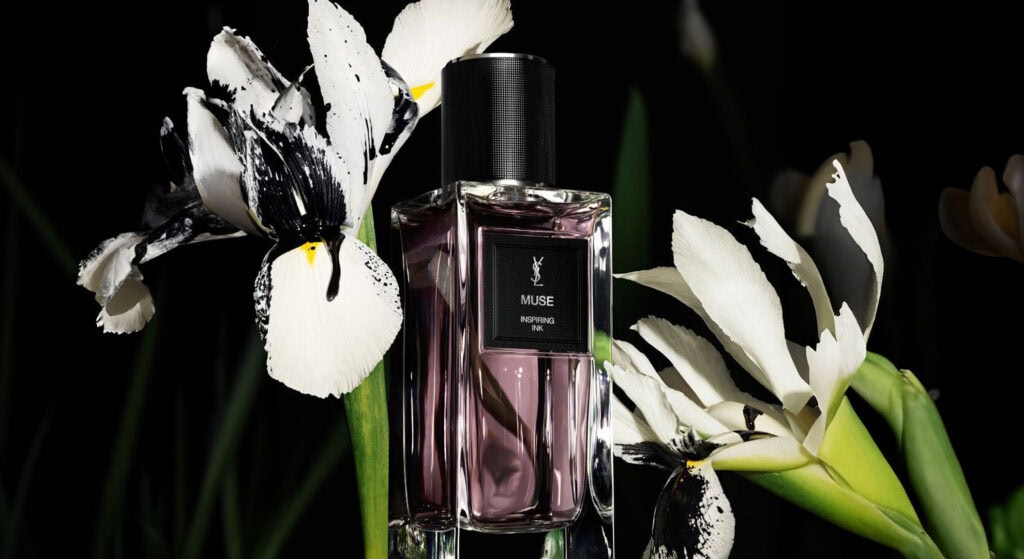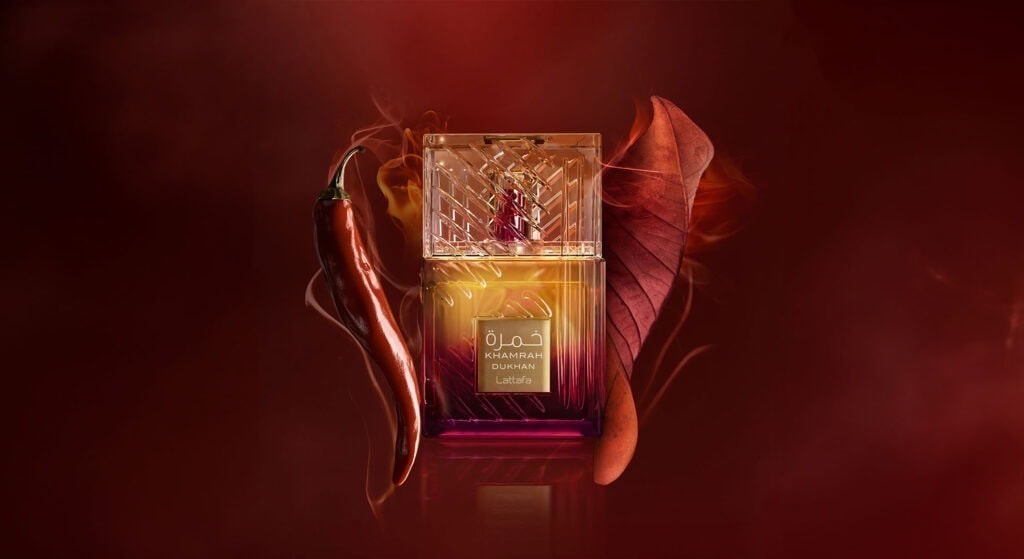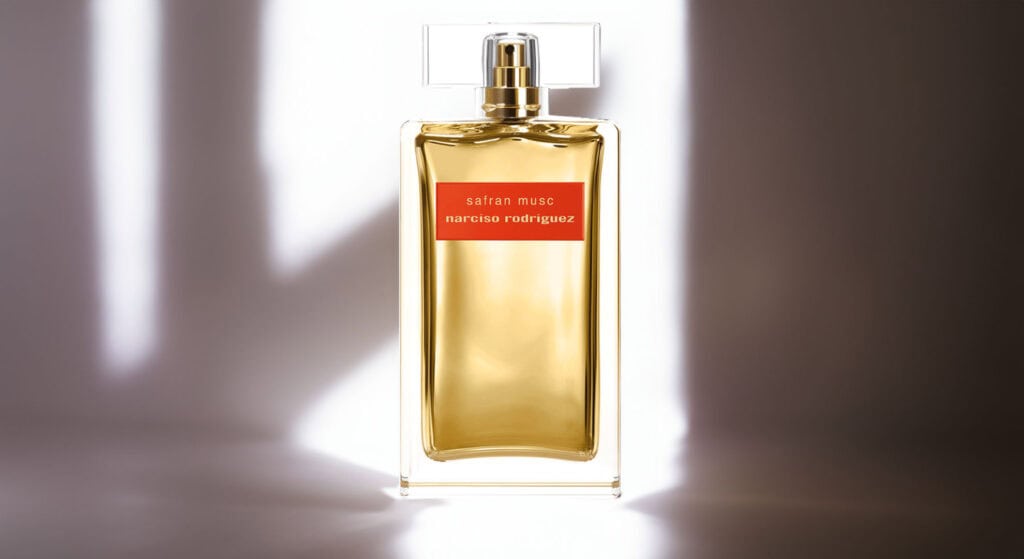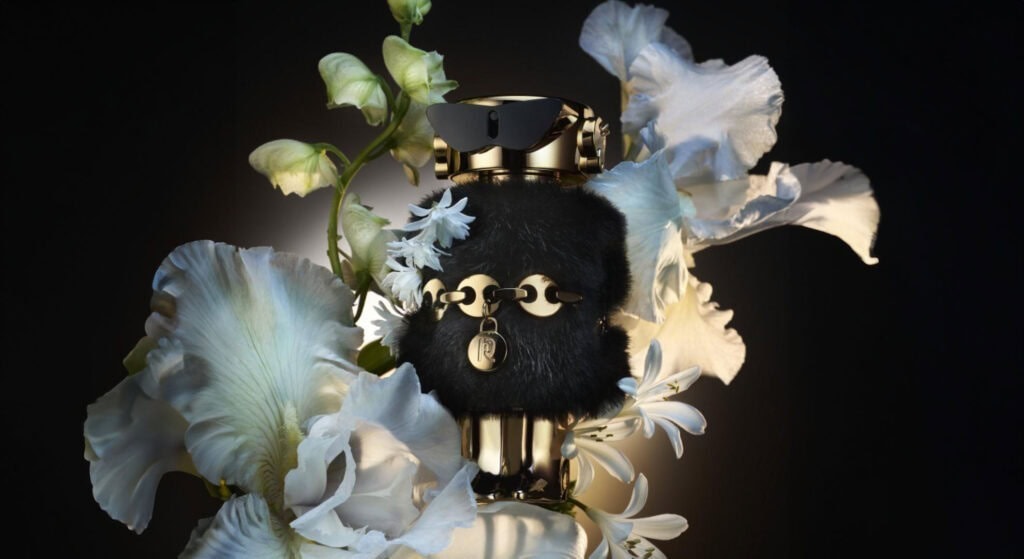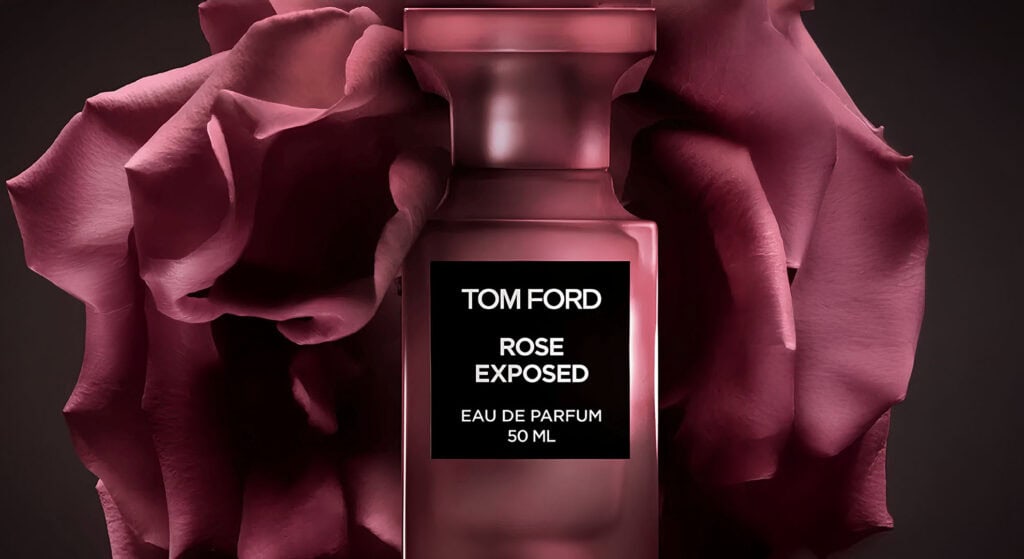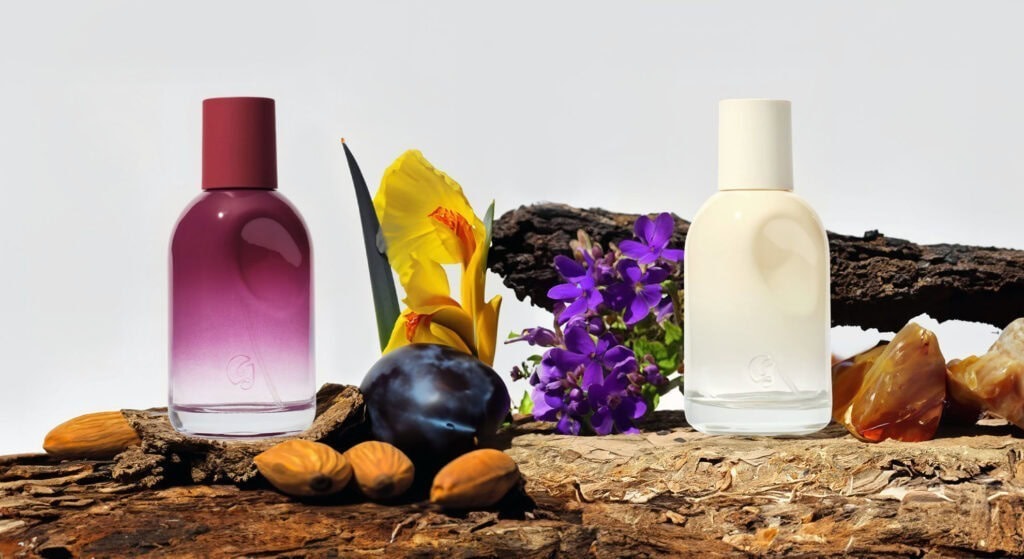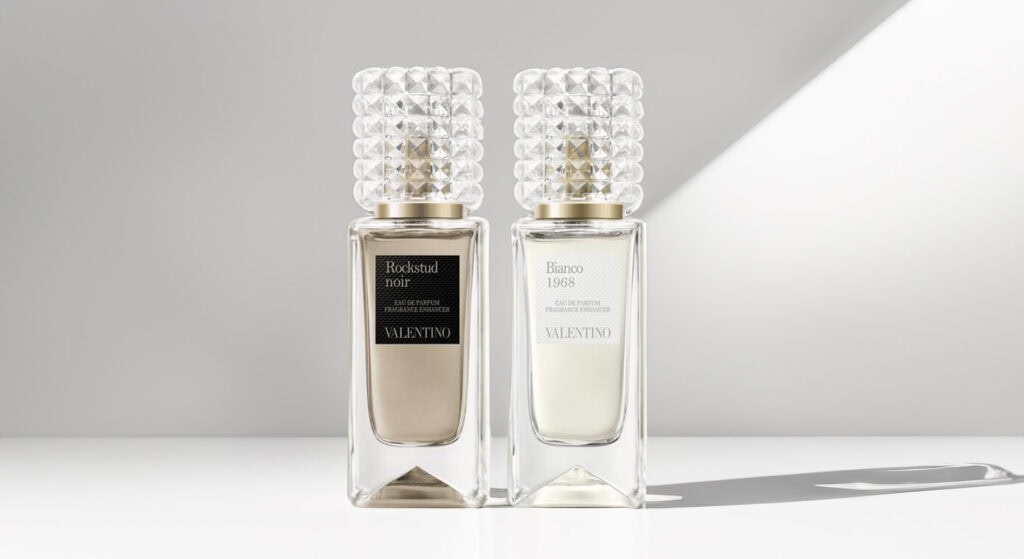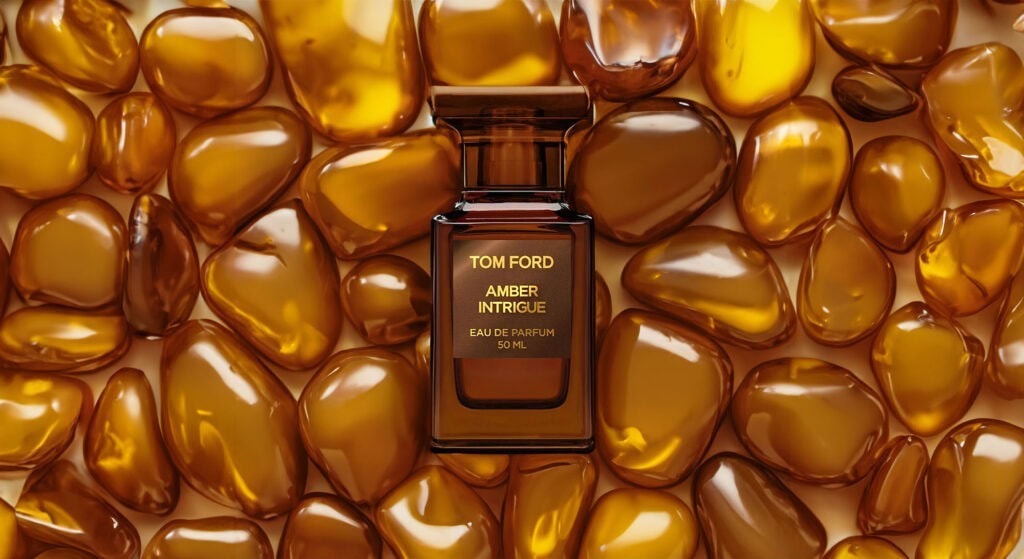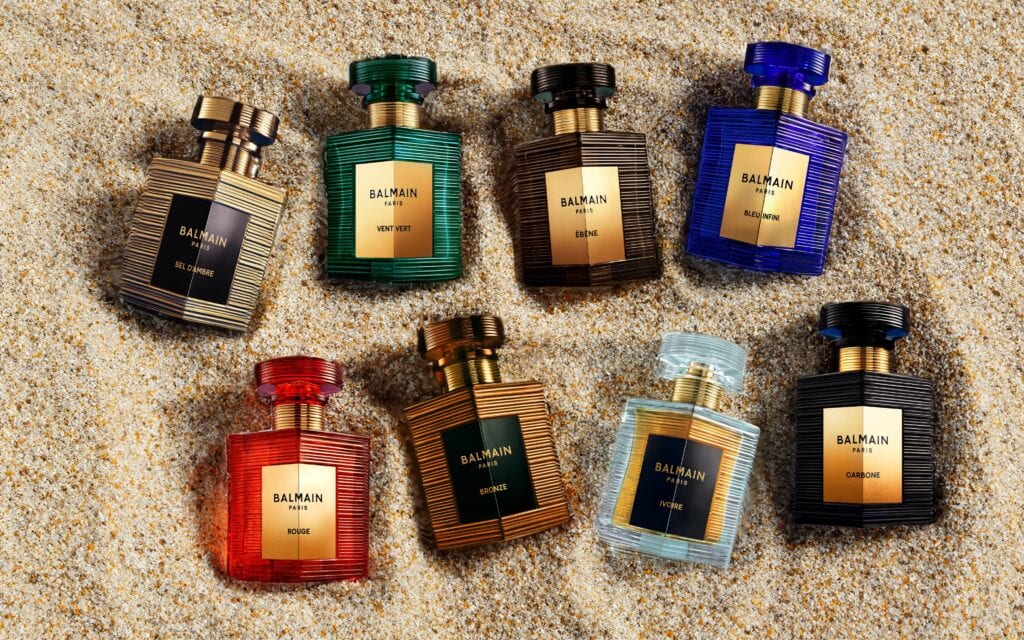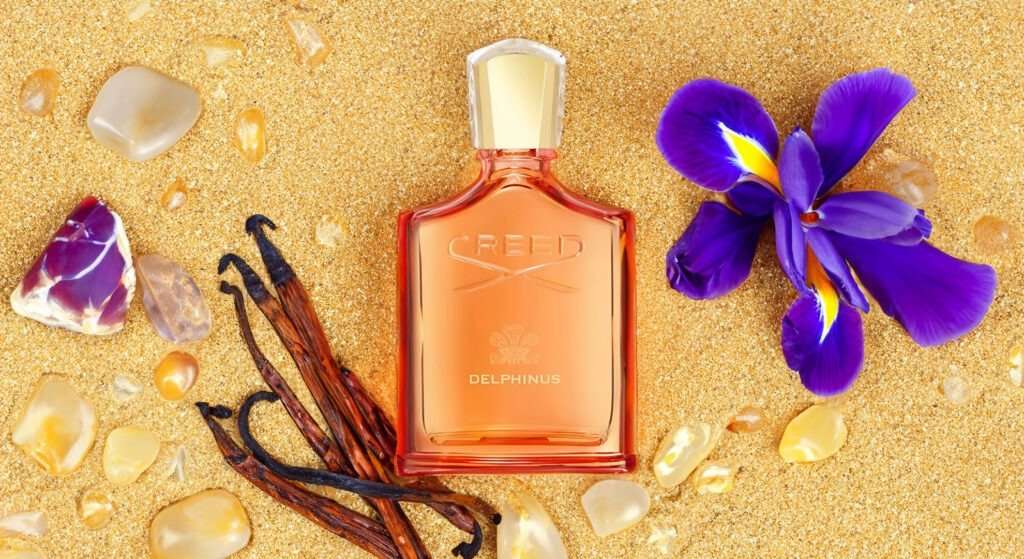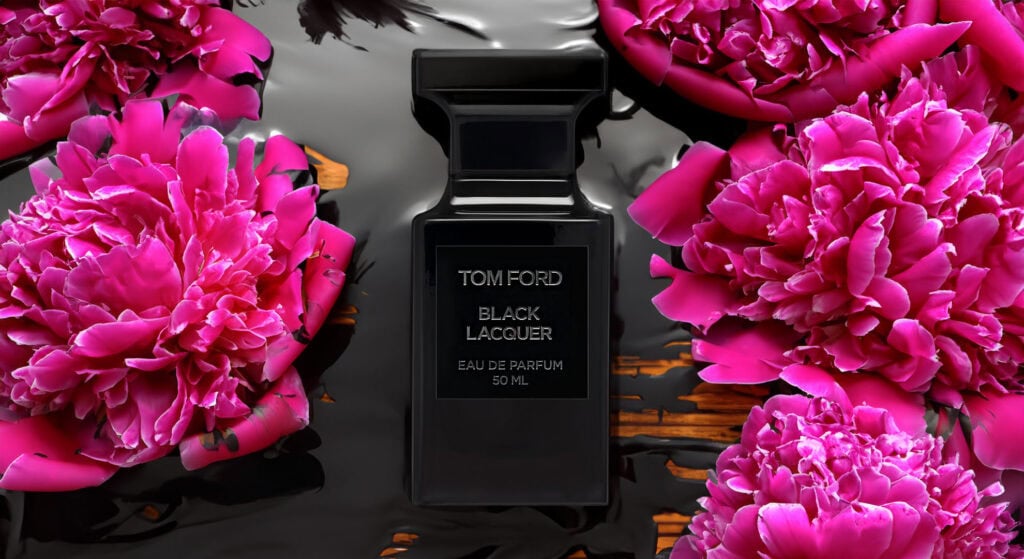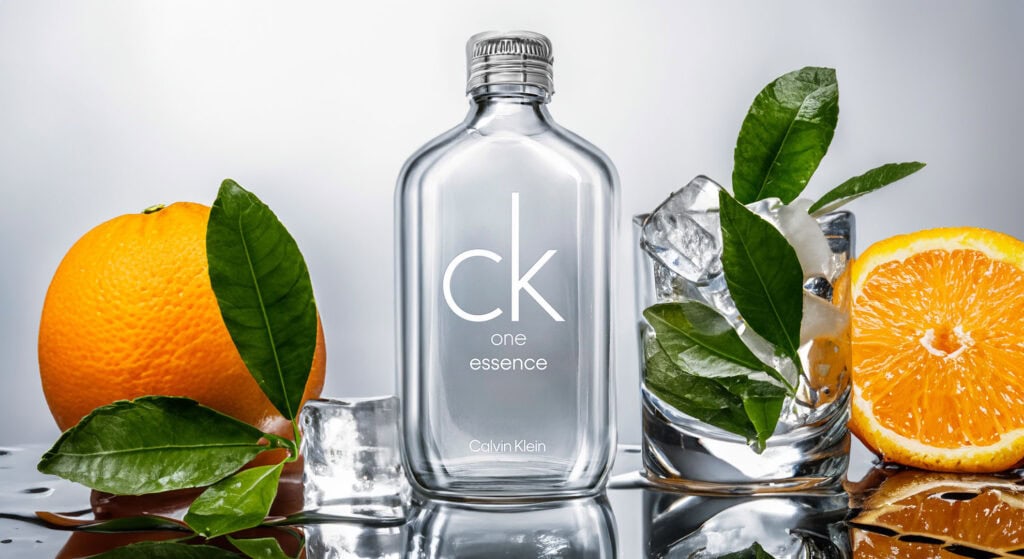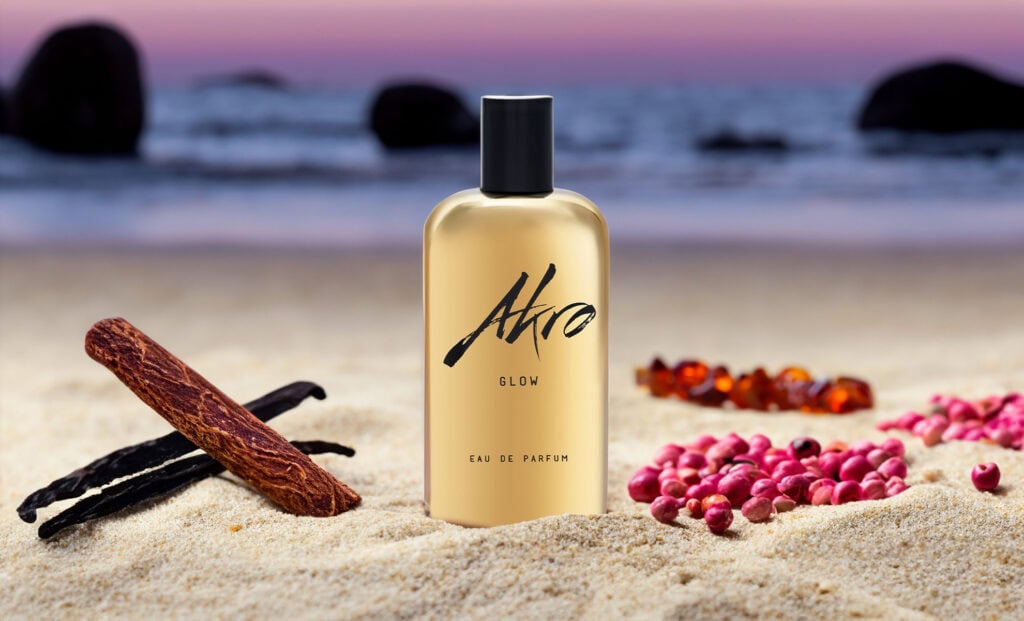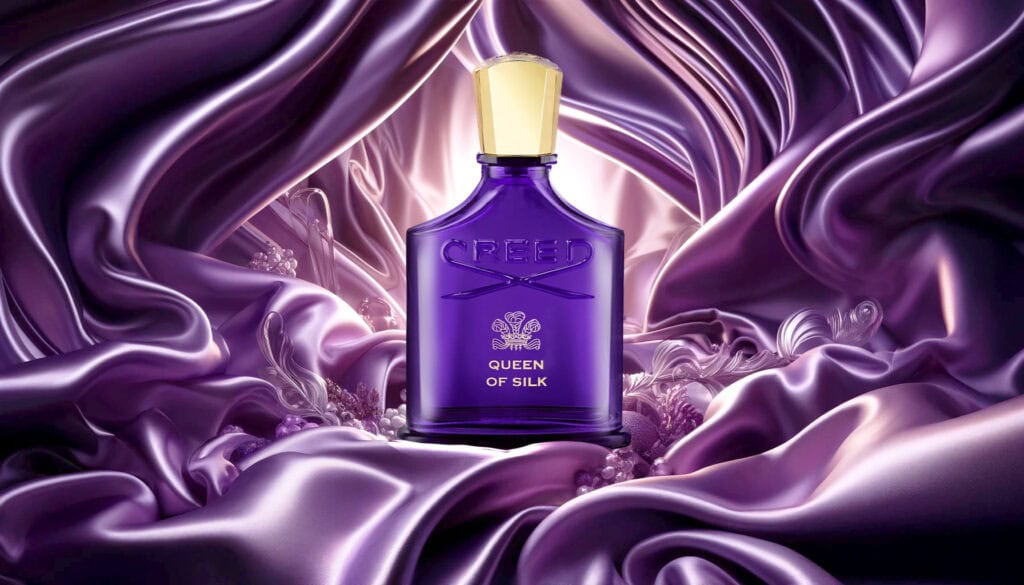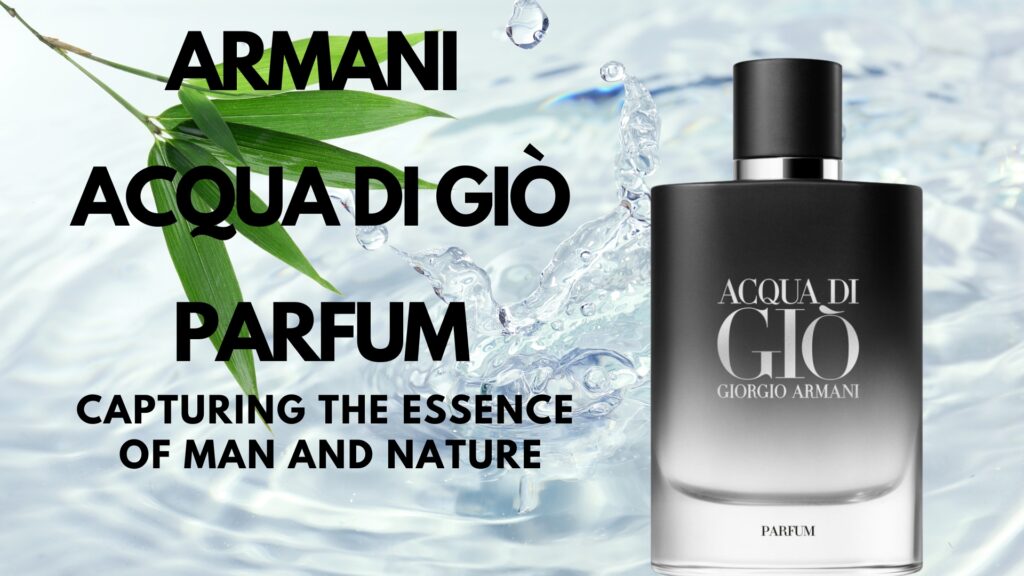The Timeless Allure of Incense in Perfumery: From Sacred Smoke to Scented Elegance
Incense, with its rich, smoky, and deeply aromatic presence, has long been revered in both spiritual rituals and the world of perfumery. Its ability to evoke a sense of mystery, warmth, and introspection makes it a powerful ingredient in fragrance creation. This article delves into the origins of incense as a perfume note, the methods used to capture its essence, the art of blending it with other notes, and some of the most iconic perfumes where incense plays a central role.
Capturing the Essence of Incense for Perfumery
Incense as a fragrance note is not derived from a single source but is rather a composite of various aromatic resins and woods, such as frankincense, myrrh, olibanum, and labdanum. These ingredients have been used for centuries in religious and spiritual ceremonies for their purifying and meditative properties. In perfumery, capturing the essence of incense involves various techniques that preserve its deep, smoky character.
- Steam Distillation: This method is commonly used to extract the essential oils from resins like frankincense and myrrh, two of the primary components of traditional incense. The process involves passing steam through the resin, which then carries the volatile oils. As the steam condenses, the essential oil is separated, capturing the smoky, balsamic, and slightly spicy scent of the incense.
- Solvent Extraction: For more complex incense blends or to capture the deeper, resinous aspects of incense, solvent extraction may be used. This process extracts a wider range of aromatic compounds, resulting in a thicker, richer absolute. This is often the preferred method for labdanum, which contributes a leathery, ambery note to incense compositions.
- Natural Resin Use: In some high-end and artisanal perfumes, actual incense resins are used in their raw form. These resins are carefully blended with other ingredients to create a scent that closely mirrors the experience of burning incense, offering a more authentic and unfiltered fragrance profile.
Blending Incense in Fragrance Compositions
Incense’s complex and multifaceted aroma makes it a versatile and beloved note in perfumery. It can be the star of a fragrance or a grounding element that enhances and deepens other notes.
- Oriental and Spicy Fragrances: Incense is a natural fit in oriental perfumes, where its rich, smoky quality complements spices, resins, and amber. This combination creates fragrances that are warm, sensual, and often mysterious, evoking the opulence of ancient cultures. Tom Ford’s Amber Absolute is a prime example, where incense is blended with amber, vanilla, and labdanum to create a deep, luxurious scent.
- Woody and Resinous Blends: Incense pairs beautifully with woody notes such as cedarwood, sandalwood, and vetiver. These combinations result in fragrances that are earthy, grounding, and slightly smoky, perfect for those who appreciate a more natural and contemplative scent. Comme des Garçons Avignon uses incense in harmony with woody notes to create a scent that is reminiscent of ancient cathedrals and sacred spaces.
- Floral and Incense Accords: The addition of incense to floral fragrances can add depth and complexity, transforming a simple floral bouquet into something more profound and enigmatic. When paired with rose, jasmine, or ylang-ylang, incense introduces a smoky, mystical element that contrasts beautifully with the softness of the flowers. Amouage Interlude Woman exemplifies this blend, where the floral heart is enriched by the smoky presence of frankincense and myrrh.
- Modern and Avant-Garde Scents: In contemporary perfumery, incense is often used in innovative ways, blended with unexpected notes like citrus, leather, or even aquatic accords. This results in modern, intriguing fragrances that push the boundaries of traditional perfumery while still honoring the timeless appeal of incense. Byredo’s Black Saffron blends incense with leather and saffron, creating a scent that is both modern and evocative.
Iconic Fragrances Where Incense Takes Center Stage
Over the years, many perfumes have become iconic due to their masterful use of incense, each highlighting the note’s ability to evoke emotion and create a lasting impression.
- Tom Ford Amber Absolute: A luxurious and deep fragrance, Amber Absolute showcases incense as a key component, blended with rich amber and vanilla. The result is a warm, enveloping scent that is both opulent and comforting.
- Comme des Garçons Avignon: This fragrance is a true homage to the scent of church incense, combining frankincense, myrrh, and woody notes. It captures the austere and sacred atmosphere of ancient cathedrals, making it a favorite among those who appreciate the meditative qualities of incense.
- Amouage Interlude Woman: In this complex and multifaceted fragrance, incense is used to add depth and mystery to a rich floral bouquet. The combination of frankincense, myrrh, and resins with floral and fruity notes creates a scent that is both enigmatic and luxurious.
- Byredo Black Saffron: A modern take on incense, Black Saffron blends the smoky note with leather, saffron, and berries. This innovative combination results in a fragrance that is both bold and sophisticated, appealing to those who seek something unique and contemporary.
The Enduring Appeal of Incense in Perfumery
Incense, with its rich history and complex aroma, continues to be a powerful and evocative ingredient in perfumery. Whether used to evoke the sacred and mystical, to add depth to florals, or to ground modern compositions, incense brings a timeless allure to fragrances. Iconic perfumes like Tom Ford’s Amber Absolute, Comme des Garçons Avignon, and Amouage Interlude Woman demonstrate the enduring appeal of incense, proving that its presence in the world of perfumery is as lasting and profound as the ancient rituals that first brought it to prominence.
